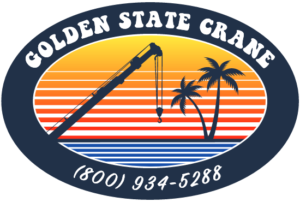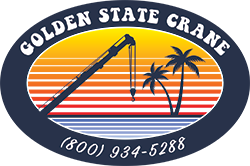Safety
Safety
We serve an extensive range of customer needs with decades of experience in heavy lift services.
GOLDEN STATE CRANE is proud to consistently provide dependable crane services to all industries throughout California, Nevada, and Arizona. We offer a wealth of experience in providing solutions for light and heavy lift projects with extensive experience in the transportation, crane and rigging industry. GOLDEN STATE CRANE utilizes the advanced technology of 3D Lift Plan, which allows us to efficiently provide lift plans to our customers, evaluate weight and dimensions of the load, and navigate obstructions on the jobsite.
How high is the work to be done?
The height of the work impacts how the boom is set up, as well as what kind of boom will be necessary. Furthermore, the extension of the crane’s boom can be affected by the wind, which increases exponentially as the height increases. In addition, the amount of counterweight needed to heft loads to ever-increasing heights needs to be calculated differently versus if the height is lower.
How far is the load from the crane?
The distance from the load’s origin point to the base of the crane affects the counterweight, the support structure and the stability of the boom. As well, the rated load weight also varies based upon the distance from the crane’s base to the load at the end of the boom or jib. Every crane has a load chart that explains how much load can be hoisted at one given point, and exceeding this level of weight can cause problems with the operation. In some instances, such as in factory or other tightly confined spaces, overhead cranes can be your best bet.
What material and condition is the ground beneath the crane?
Cranes need a solid support structure beneath them to support the load and to keep their movement stabilized. While truck mounted cranes are often useful when there is concrete to support the crane itself, outriggers are sometimes not enough on unstable terrain. Rough terrain cranes offer the necessary mobility for grass or dirt surfaces without compromising most of the strength. When there is an uneven substrate, you need to consider the width of the crane’s base.
What obstacles need to be taken into consideration?
In many environments, cranes need to be adapted to circumventing obstacles. In addition to winds, there may be power lines, other buildings and other obstacles that can keep a crane from being able to simply raise the load directly from its origin point to its destination. In some instances, even the control scheme the crane uses can be difficult in the presence of obstacles, with pendant station cables getting caught. Radio controls may be more effective and less potentially hazardous.
Please contact us to assure you get the right crane for your project!





